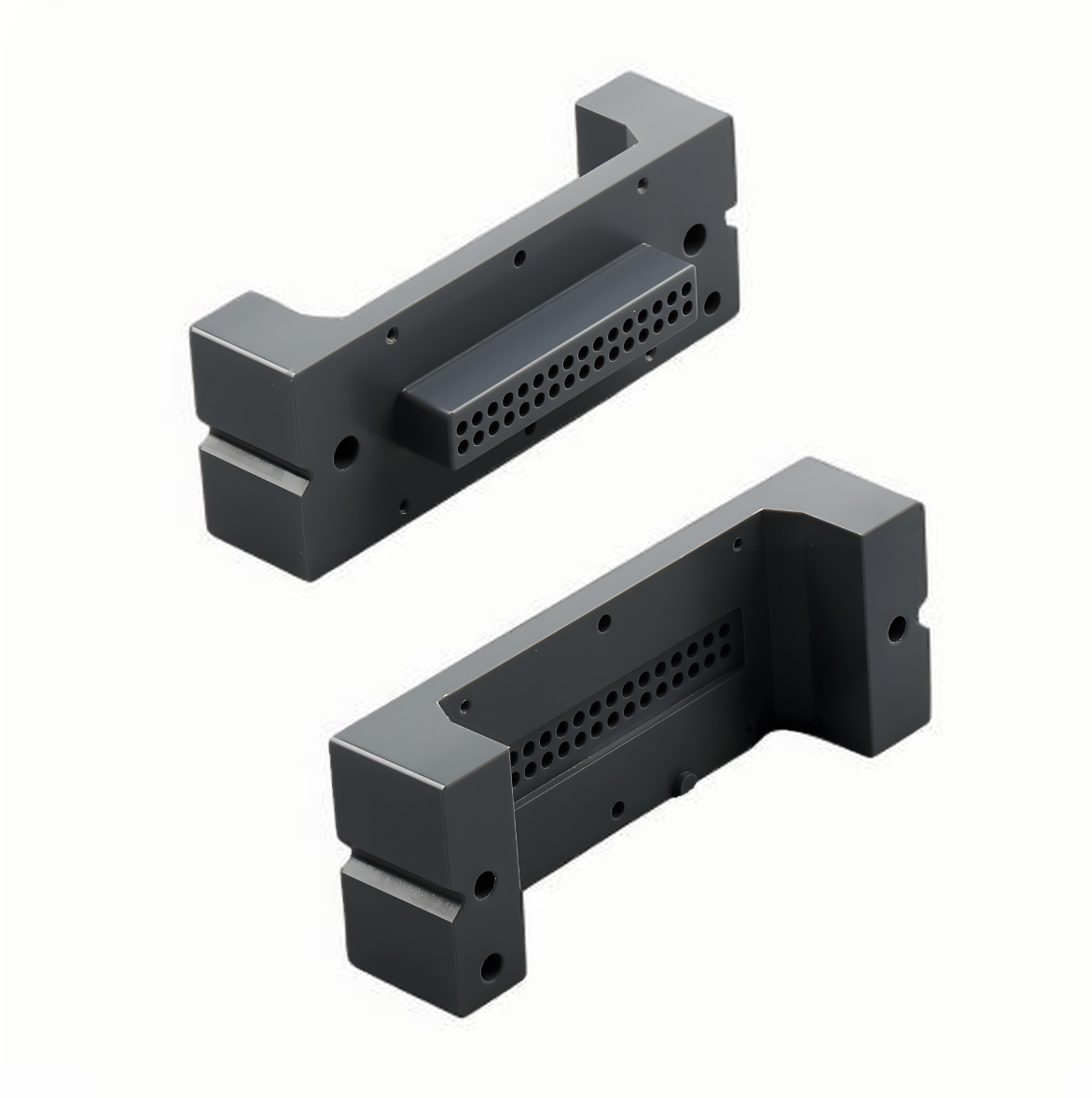Investment Die Casting
Release time:2024-11-22 18:40:24 Number of views:792 Publisher:njjh Source:编辑部
Investment Die Casting
Product Details ofInvestment Die Casting
Investment casting offers the ability to design and produce a wide range of ultra-thin parts. By avoiding post-processing, including welding and machining, costs can be saved, providing users with finished parts directly from the mold. Customers collaborate with our metallurgical and manufacturing engineering experts to design and model castings, ensuring optimal results while addressing specific operational requirements.
What is the die casting process?
1. Die casting is a precision casting method that uses high pressure to inject molten metal into intricate metal molds, known as dies or molds, made from steel and tailored to each project's specifications.
2. Die casting is a versatile process for producing engineered metal parts by injecting molten metal under high pressure into reusable steel molds. These molds can be designed with complex shapes and high precision, allowing for smooth or textured surfaces and a variety of finishes.
3. Die castings are widely used in consumer, commercial, and industrial products, ranging from automobiles to toys. They can range from simple sink faucets to complex connector housings.
The advantages of the die casting process.
1. Die casting can produce metal parts with complex shapes, precise dimensions, and thin walls. The dimensional accuracy is high, with surface roughness typically ranging from Ra0.8 to 3.2 micrometers, ensuring good interchangeability.
2. The process offers high material utilization, with parts often requiring minimal machining before assembly. Die casting operations are also characterized by high productivity due to fast filling times and rapid solidification of the metal.
Application of die casting process.
Die casting is widely used for its high production efficiency and ability to produce parts with complex shapes, precise dimensions, and high surface quality. Aluminum alloy die castings are the most common, followed by zinc alloy die castings.
Details of the die casting process.
1. Pressure: Pressure is a fundamental aspect of the die casting process, facilitating the filling, flow, and compaction of molten metal. It is categorized into dynamic injection force and pressurized injection force. The dynamic injection force ensures the molten metal reaches the required speed during filling, while the pressurized injection force compacts the die-casting part post-filling, enhancing its density and defining its contours. Injection force is applied to the molten metal through the injection punch.
2. Expansion Force: During die casting, a specific pressure is exerted on the cavity wall and parting surface as molten metal fills the cavity, known as expansion force. At the final stage of die casting, when the pressure is transmitted to the die-casting die, the expansion force is highest. It is a crucial parameter for evaluating the strength and stiffness of the die-casting machine model and the support plate, aiding in the primary selection of die-casting parts.
3. Speed: Speed, influenced by pressure, plays a pivotal role in internal quality and surface contour clarity during die casting. There are two types of speed: injection speed and in-gate speed.
4. Injection Speed: Also known as punch speed, injection speed refers to the speed at which the injection punch in the pressure chamber pushes the molten metal. It can be adjusted through the speed regulating valve of the die casting machine and varies during the injection process, transitioning between low and high speeds.
5. In-gate Speed: In-gate speed is the linear speed of molten metal entering the cavity through the in-gate. Higher gate speed facilitates quick cavity filling before solidification, resulting in clear contours and smooth surfaces. However, excessively high gate speed can lead to issues such as gas entrapment, surface defects, oxidation inclusions, and accelerated mold wear.
Packing and Shipping.
1. Each product is carefully wrapped in bubble bags and placed in cartons to prevent scratches caused by impact, ensuring the quality and usability of the product. For added protection during packaging and transportation, we use specially designed wooden boxes for export.
2. We offer various transportation options based on customer preferences, including express delivery, air shipping, sea shipping, and railway shipping.
FAQs.
1. How can I obtain a quotation?
- We provide quotes based on drawings, quantity, weight, and material specifications. Alternatively, providing a real sample is also acceptable.
2. Can you create a drawing for me if I don't have one?
- Yes, we can create a drawing based on your sample to duplicate it accurately.
3. What are your payment methods?
- For tooling, we require a 50% advance payment via T/T, with the remaining 50% due upon sample approval. For bulk orders, we require a 30% deposit via T/T, with the remaining 70% balance payable against the copy of the Bill of Lading (B/L).
4. What file formats can you open?
- We can open PDF, IGS, DWG, X_T, and STEP (STP) file formats.
5. What surface treatments do you offer?
- Our surface treatment options include powder coating, sandblasting, painting, polishing, acid pickling, anodizing, enamel coating, zinc plating, hot-dip galvanizing, and chrome plating.
6. How do you pack your products?
- Each product is meticulously packed in bubble bags and placed in cartons. Additionally, we use specially designed wooden boxes for export to prevent scratches and ensure product quality during transportation.
7. Do you have a subsidiary overseas?
- Yes, we have a subsidiary located in Michigan, USA

